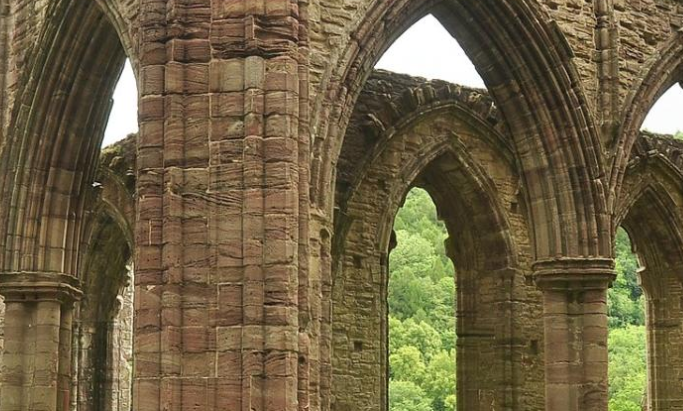
Buildings, tunnels and bridges could soon repair themselves
Stone and concrete structures with the ability to heal themselves in a similar way to living organisms when damaged could help to make buildings safer and last longer.
Scientists are exploring the use of bacteria to develop self-healing materials for buildings and infrastructure, potentially reducing maintenance costs and environmental impact. These materials could address the challenges of maintaining aging buildings and infrastructure in Europe, where an estimated €4-6 billion per year is needed for bridge maintenance alone. Traditional maintenance approaches can be costly, and hairline cracks and hidden damage can be hard to detect. Researchers have developed methods to incorporate bacteria into concrete and stone. When cracks occur, these bacteria multiply and produce calcium carbonate, sealing the cracks. This technology is particularly useful for critical infrastructure and difficult-to-access areas like bridges and tunnels. It has the potential to improve safety, as failures in these structures can have catastrophic consequences. Additionally, self-healing materials could extend the lifespan of older buildings, reducing the need for extensive repairs or replacements. This innovation aligns with sustainability goals by reducing the environmental impact of construction and maintenance, which accounts for a significant portion of greenhouse gas emissions. The research is funded by the EU and offers promising possibilities for more sustainable and resilient building materials in the future.
Read the full magazine article here.






Buildings, tunnels and bridges could soon repair themselves 0 reviews
Login to Write Your ReviewThere are no reviews yet.